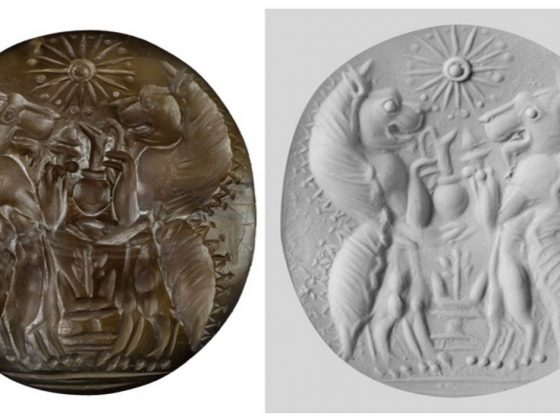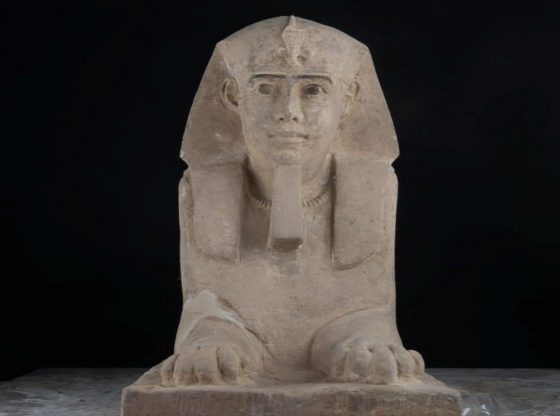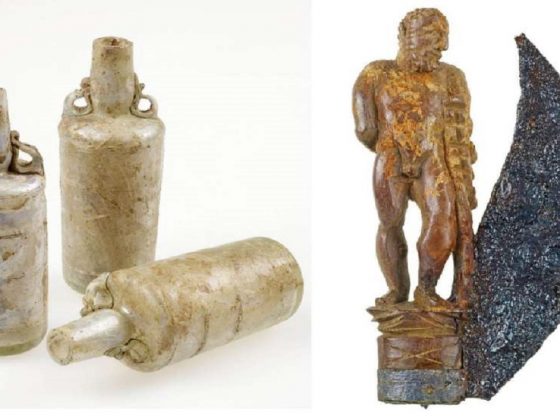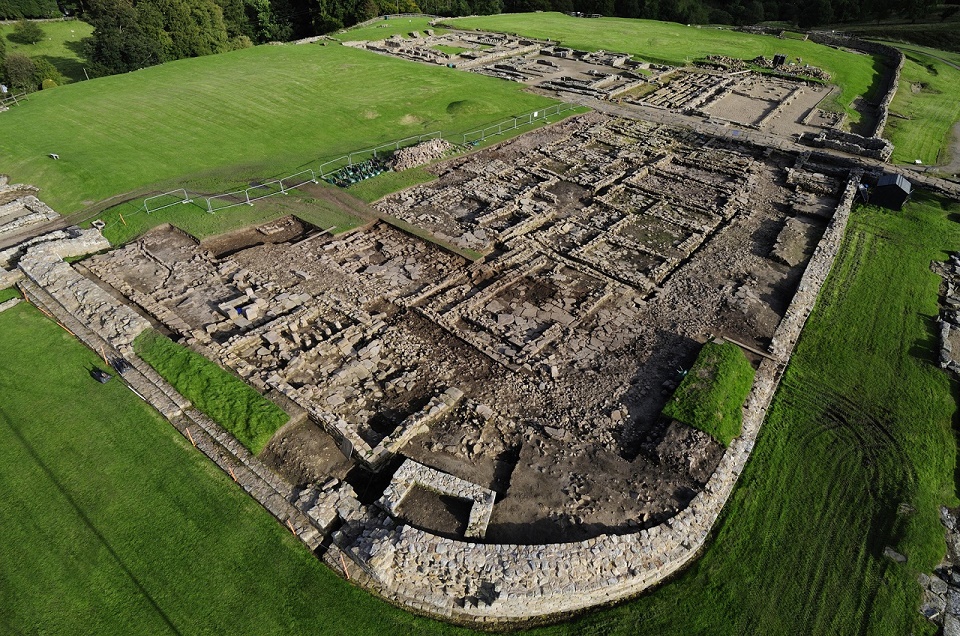
The Roman soldiers who were stationed at an auxiliary fort in Britain brought their families with them. This is what the analysis of more than 6,000 ancient leather shoes reveals.
The shoes were found in an excavation at the Vindolanda fort just south of Hadrian’s Wall in Britain. The fort was founded in 85 BCE and were operational for 300 years, housing Roman auxiliary troops who guarded the northernmost border of the Roman Empire.
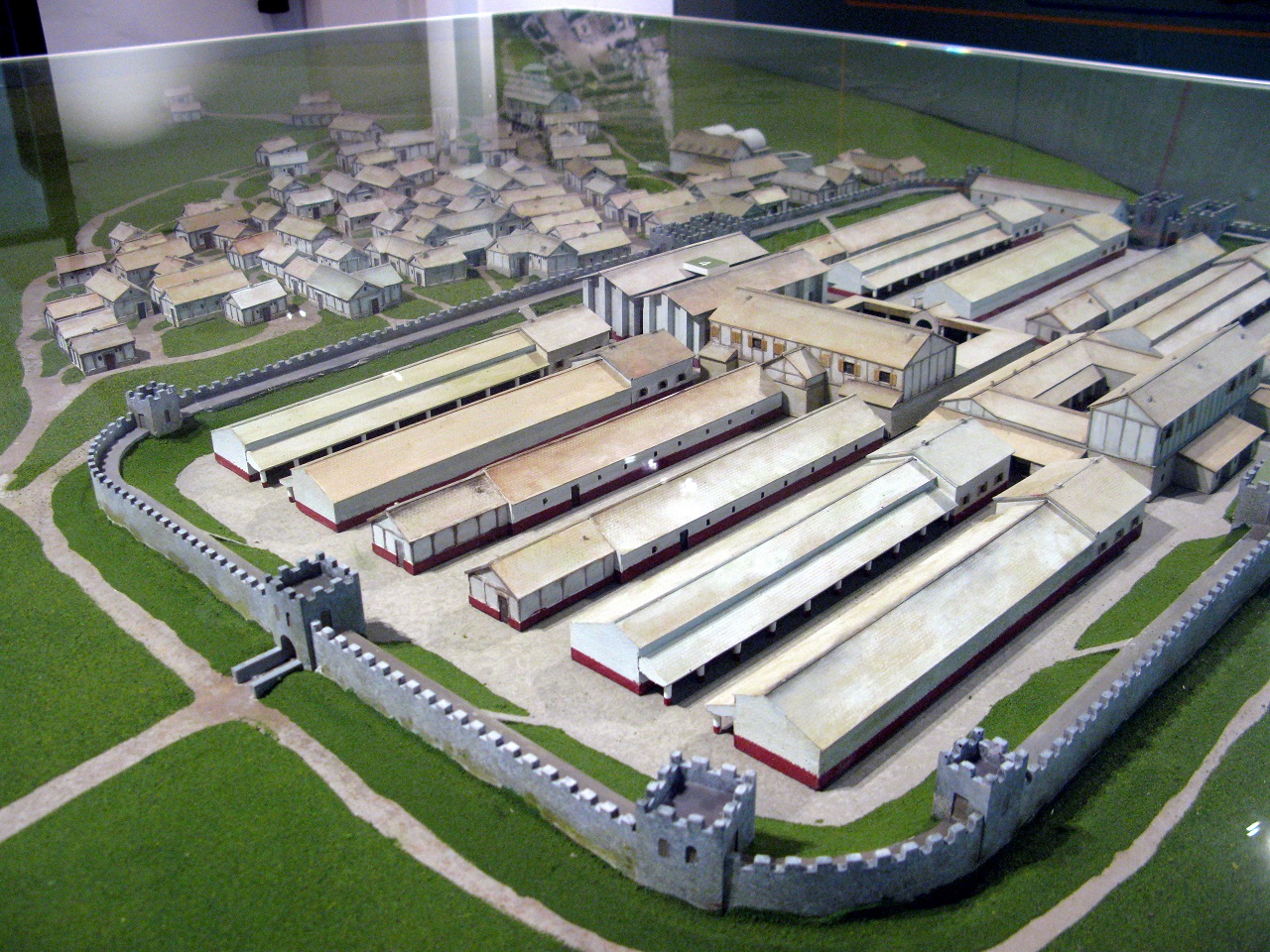
Until now most researchers thought that the Roman fort was a place where only men were allowed. But a closer analysis of the shoes reveals that 41 percent of the shoes belonged to women. And there were also a lot of children shoes found as well. This analysis was made by Trudi Buck who is an anthropologist at Durham University Buck base her findings on the fact that Roman shoes differ in style between the sexes, also the size and width of the shoes.
The condition of the leather shoes is quite remarkable. They have probably been exceptionally well preserved in the soil around Vindolanda since it is both wet and extremely poor in oxygen.
The discovery stands in sharp contrast to the otherwise harsh Roman demands and rules for soldiers. Since Roman soldiers were first allowed to get married when the service period of 25 years was over. But apparently, this was not a rule that applied to these soldiers and their officers.
It could be that the soldiers stationed at the Vindolanda fort were not Romans or perhaps allowed some sort of dispensation from higher authorities. The fact that the troops were an auxiliary force and not directly incorporated into the regular military could provide a hint. Since Roman auxiliary troops were often recruited among peoples without Roman citizenship and who often probably ignored rules established many thousands of kilometers away in Rome.
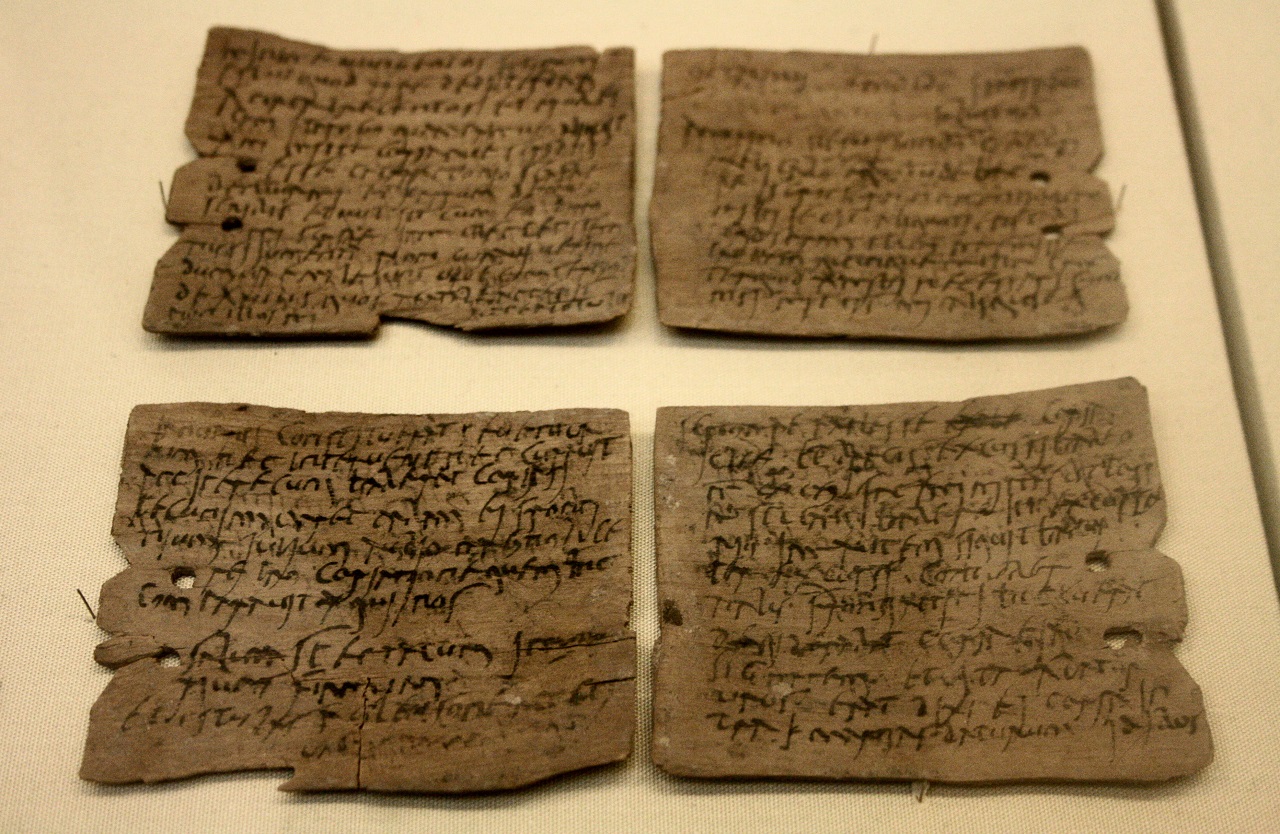
The site has been excavated for a long time since 1970 already. And the site has been rich with archaeological findings. Among these are many hundreds of tablets with both official and private messages from and to the soldiers. The first gold coin was found by a French volunteer last year.
See the links below for more information on the fort and the tablets translated into English.
_______________
Vindola Excavation
Vindolanda writing tablets
______________________________



